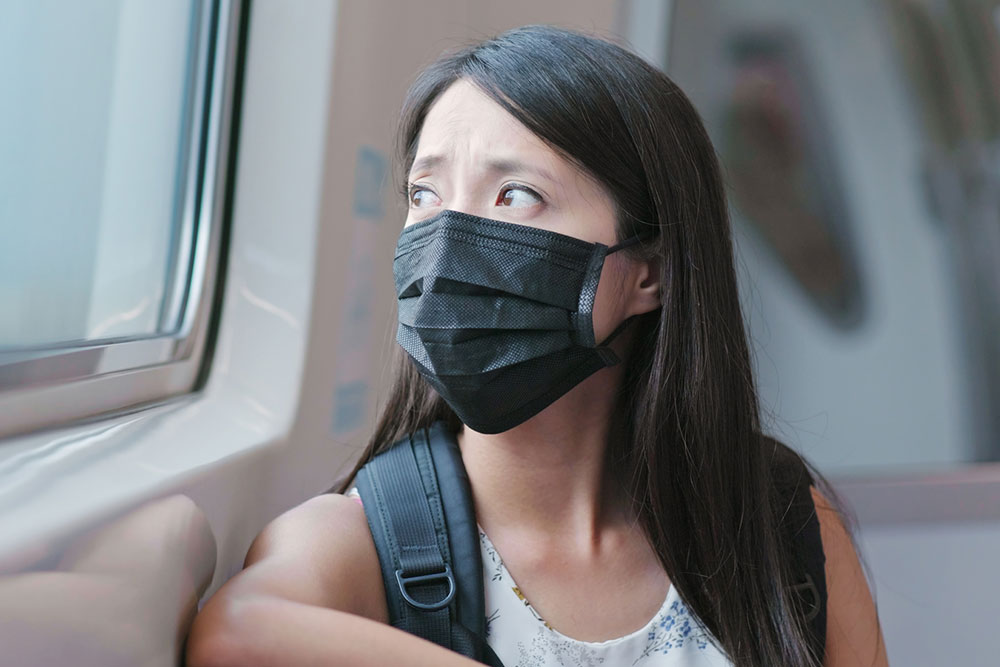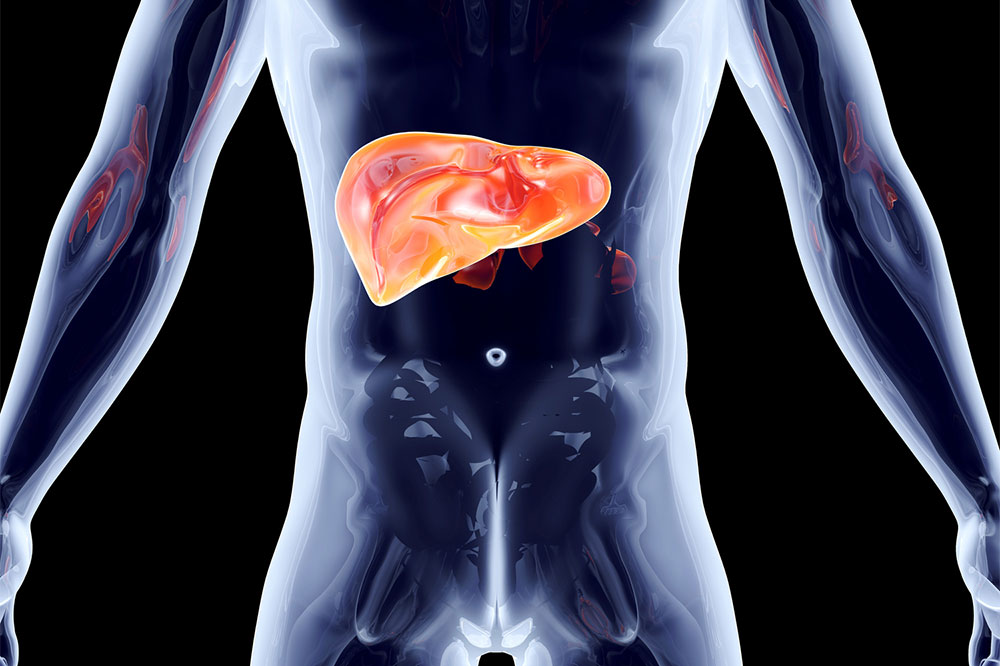5 high-risk public places for respiratory viruses

Respiratory illnesses are generally contracted through air. Social distancing is the best way to prevent the transmission of such illnesses, as the viruses that cause them tend to travel via airborne channels. In certain public zones, social distancing is harder than in other areas. In such zones, even if a single person is carrying a virus that causes respiratory illnesses, it can make many people sick. Some such high-risk public places are listed here:
Public pools
For many people, summer vacations simply translate into an endless array of pool parties and swimming lessons. This is why, public pools are generally full of kids and adults just having a refreshing and good time as they unwind during the summer. Unfortunately, such zones are also home to many types of bacteria and viruses. The Centers for Disease Control and Prevention (CDC) has reported that the average swimmer contributes to about 0.14 grams of fecal matter in pools when they enter the water. Unsurprisingly, public pools also have people in close proximity and several commonly touched surfaces like pool steps, the water, door handles, and similar others. Therefore, public pools often become hotspots for respiratory viruses and disease outbreaks now and then.
Beaches
Like pools, beaches are also hot property during vacations for a legion of summer lovers. Like water, the sand in such beaches harbors many germs and respiratory viruses, too. Beach towels can become devices that contribute to the breeding and spread of respiratory illnesses in these zones. Therefore, cleaning towels thoroughly and maintaining social distancing is a wise way to avoid contracting respiratory illnesses in beach zones.
Healthcare facilities
Hospitals and clinics may be the least surprising public places where respiratory viruses can breed, thrive, and spread. Such facilities are critical for medical care, but anyone entering them becomes vulnerable to contracting respiratory disease from other patients or their relatives. Hospitals regularly feature panels and posters that encourage visitors and patients to follow basic hygiene guidelines, including washing hands regularly and observing strict quarantine protocols to reduce the chance of contracting respiratory viruses.
Offices and workplaces
Offices and workplaces involve people sitting close to each other and a large number of people spatially confined within a constricted property. As a result, these zones can also be hotspots for respiratory illnesses like tuberculosis or asthma. Fortunately, offices today have the technology and connectivity to enable workers to report to work virtually and perform their jobs while remaining safe inside their homes.
Public transportation
Public carriers are another prominent hotspot for the “high-risk zone” title when it comes to the spread of respiratory illnesses. A crowded bus or train features several people stuck together closely like sardines in a tin can, an environment that makes space for thriving respiratory viruses. They can fester and spread relentlessly from one person to another in such places.
To avoid contracting respiratory illnesses in public transportation zones, people can take precautions such as wearing masks, sanitizing their hands regularly, not touching areas that several others may have touched, and, perhaps most importantly, not touching their own face, eyes, and noses.
Some of the other high-risk public places are shopping malls and stores, restaurants and bars, and schools and colleges.






